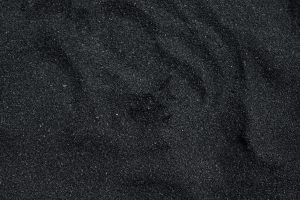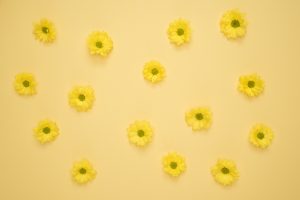G 2.1 – Gli aggettivi introduzione
G2.1 – Gli aggettivi (introduzione) – Intro to adjectives
Adjectives are used to describe people, places and things. In Italian, they must agree in gender and number with the noun(s) they refer to and they are usually placed after the noun(s) they refer to. Adjectives are capitalized only when they are at the beginning of the sentence.
Please note that when you look up for adjective in the dictionary they are always given in their masculine form, then you have to make the necessary agreements in gender and number with the noun.

Adjectives follow the same agreement pattern as nouns:
| Maschile | Femminile | ||
| Singolare | plurale | singolare | plurale |
| -o | -i | -a | -e |
| -e | -i | -e | -i |
As shown in the examples below, singular adjectives ending in -co, -ca, -go, -ga will require an h in the plural form to keep the hard c and g sounds. |
|||
| – co –> ricco
– go –> lungo |
ricchi
lunghi |
-ca–> ricca
-ga–> lunga |
ricche
lunghe |
Exception: atletico atletici / simpatico simpatici / antipatico antipatici |
|||
Be aware that nouns and adjectives need to agree in gender and number but their endings do not necessary match:
| Maschile | ||
| singolare | plurale | |
| Nouns ending in -o | il ragazzo alto | i ragazzi alti |
| il compito difficile | i compiti difficili | |
| Nouns ending in – e | il professore intelligente | i professori intelligenti |
| lo studente simpatico | gli studenti simpatici | |
| Femminile | ||
| singolare | plurale | |
| Nouns ending in -a | la ragazza alta | le ragazze alte |
| la domanda difficile | le domande difficili | |
| Nouns ending in – e | la classe grande | le classi grandi |
| la lezione noiosa | le lezioni noiose | |
When the adjective refers to a mixed (masculine and feminine) pair or a group of people or things, the adjective takes the masculine plural form.
Example:
- Marco, Paola e Francesca sono italiani= Marco, Paola and Francesca are Italian.
- Loro sono simpatici = They are nice.
1. Aggettivi in contesto – Adjectives in context
In the chart below you can find a list of the most common adjectives that we will use in this unit and this course in general. Adjectives are presented in simple sentences accompanied by their opposites.
The following are just examples, we suggest you have fun using them in different context and with different nouns. Please feel free to look up for more adjectives.
| italiano | inglese |
| la classe grande / piccola | the big / small classroom |
| la lezione divertente / noiosa | the fun / boring class |
| il professore intelligente/ stupido | the intelligent / stupid professor |
| il professore giovane / anziano | the young / old professor |
| il compagno simpatico / antipatico | the sociable / unsociable classmate |
| l’edificio vicino / lontano | the close / far building |
| l’edificio alto / basso | the tall/small building |
| l’edificio antico / moderno | the ancient/ modern building |
| il compito facile / difficile | the easy / difficult homework |
2. Aggettivi di nazionalità
Adjectives of nationality follow the same agreement pattern you studied above. This is just a small sample, please feel free to look up in the dictionary for other adjectives of nationality.
| Maschile | Femminile | |||
| Singolare | Plurale | Singolare | Plurale | |
| Adjectives ending in -o / – a | americano | americani | americana | americane |
| italiano | italiani | italiana | italiane | |
| messicano | messicani | messicana | messicane | |
| spagnolo | spagnoli | spagnola | spagnole | |
| svizzero | svizzeri | svizzera | svizzere | |
| tedesco | tedeschi | tedesca | tedesche | |
| greco | greci | greca | greche | |
| marocchino | marocchini | marocchina | marocchine | |
| Adjectives ending in -e | inglese | inglesi | inglese | inglesi |
| francese | francesi | francese | francesi | |
| cinese | cinesi | cinese | cinesi | |
| giapponese | giapponesi | giapponese | giapponesi | |
| canadese | canadesi | canadese | canadesi | |
| svedese | svedesi | svedese | svedesi | |
3. I colori
Colors can be used as adjectives and they follow the same agreement pattern studied above.
Example: La bandiera americana è rossa, blu e bianca. The American flag is red, blue and white.
 |
 |
 |
 |
| nero – black | bianco – white | giallo – yellow | arancione – orange |
 |
 |
 |
 |
| verde – green | rosso – red | azzurro – light blue | marrone – brown |
 |
 |
 |
 |
| grigio – grey | viola – purple | blu – blue | rosa – pink |
| Please note: viola, blu and rosa are invariable so they do not make any agreement
La penna rosa – le penne rosa. The pink pen(s). Lo zaino rosa – gli zaini rosa. The pink backpack(s) |
|||
The following exercises are not graded, but you can use them to practice while you study. Please go to Canvas/Assignments to complete your graded activities.

